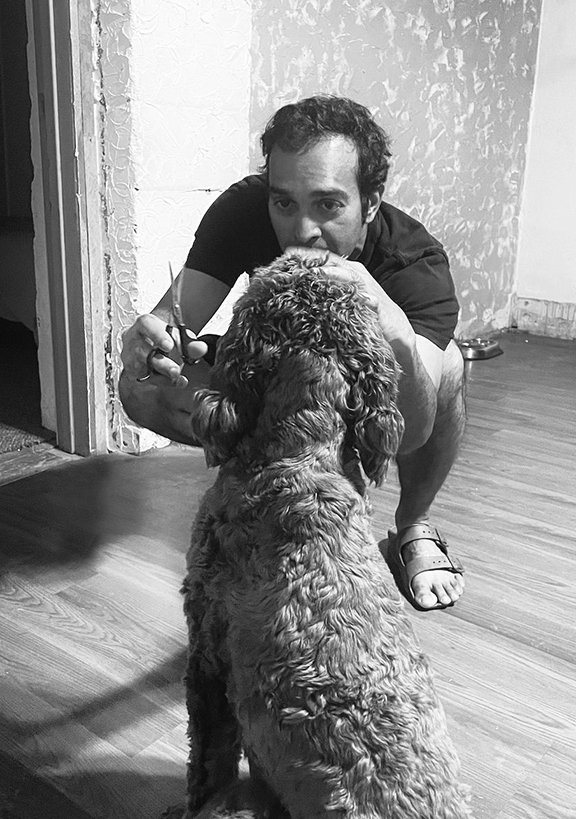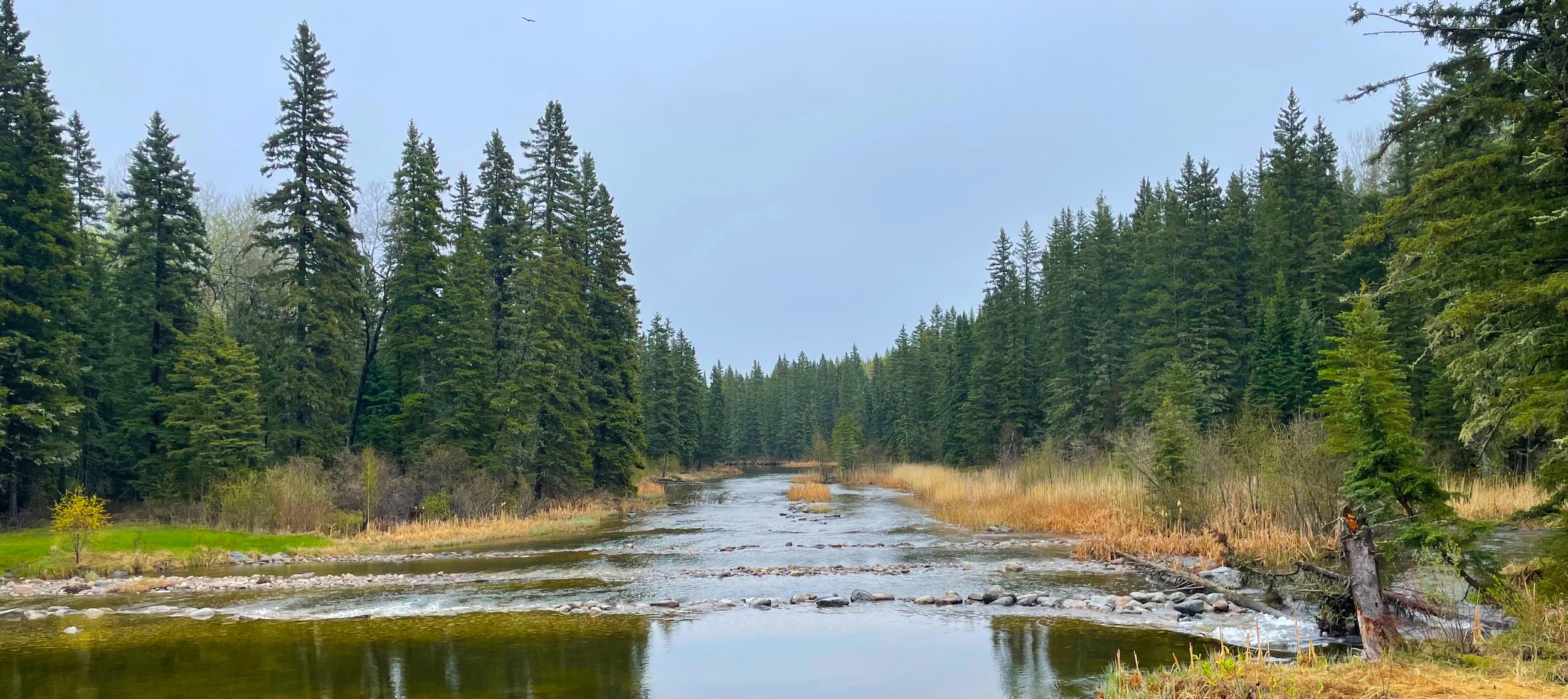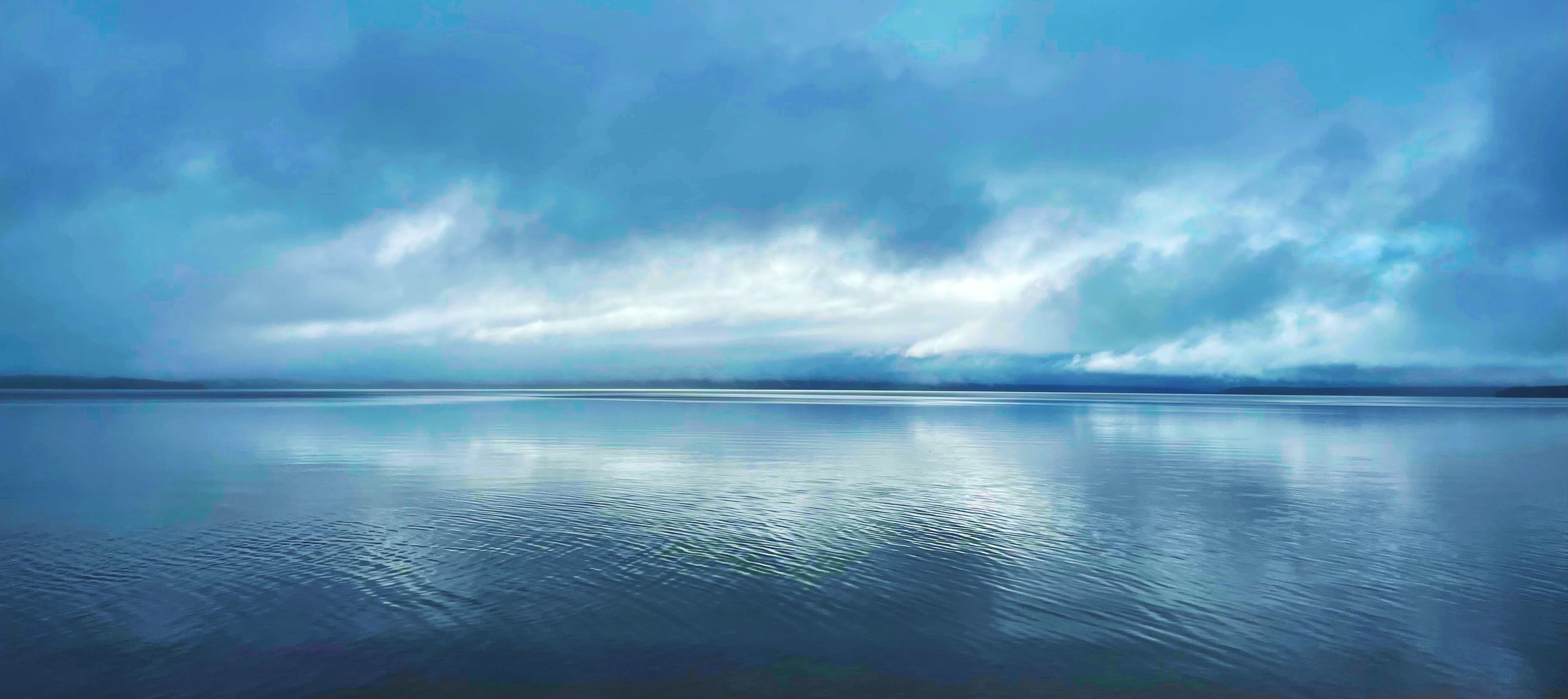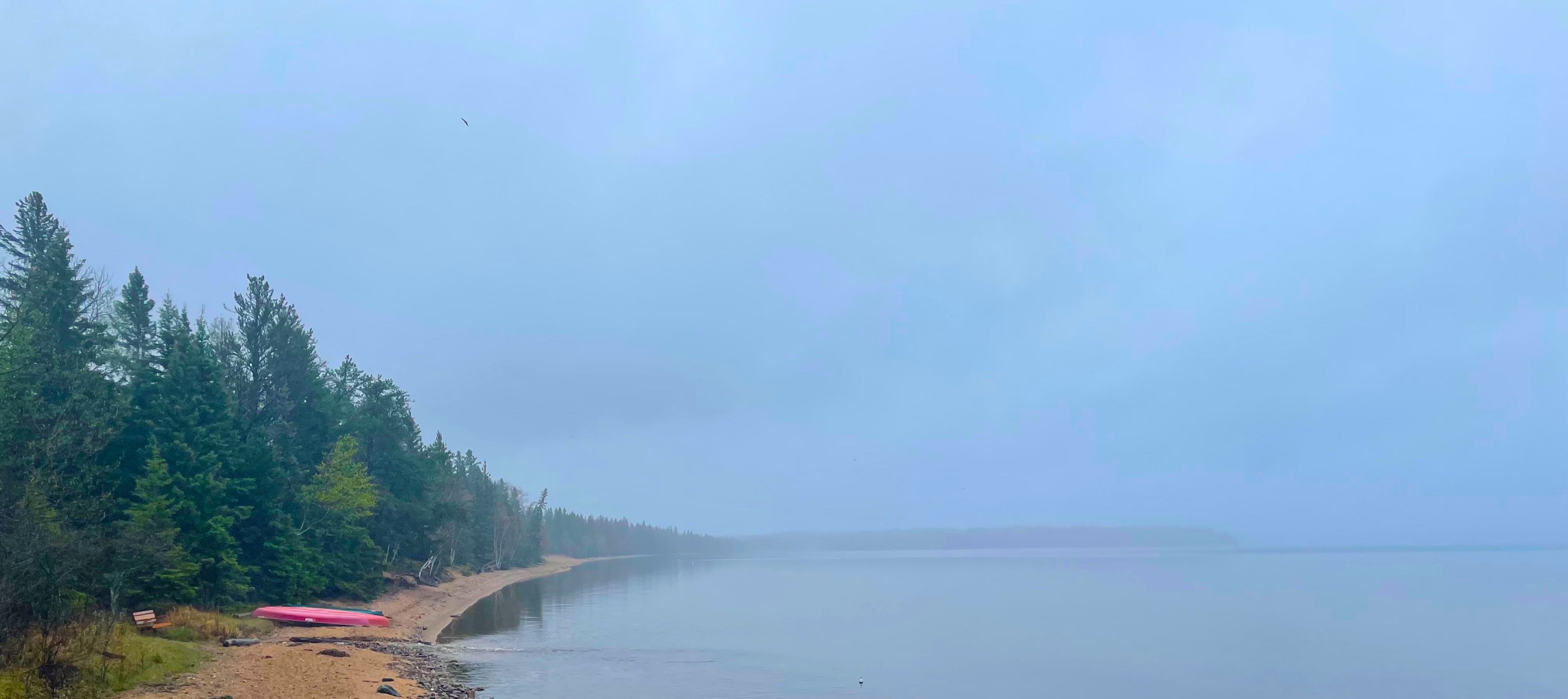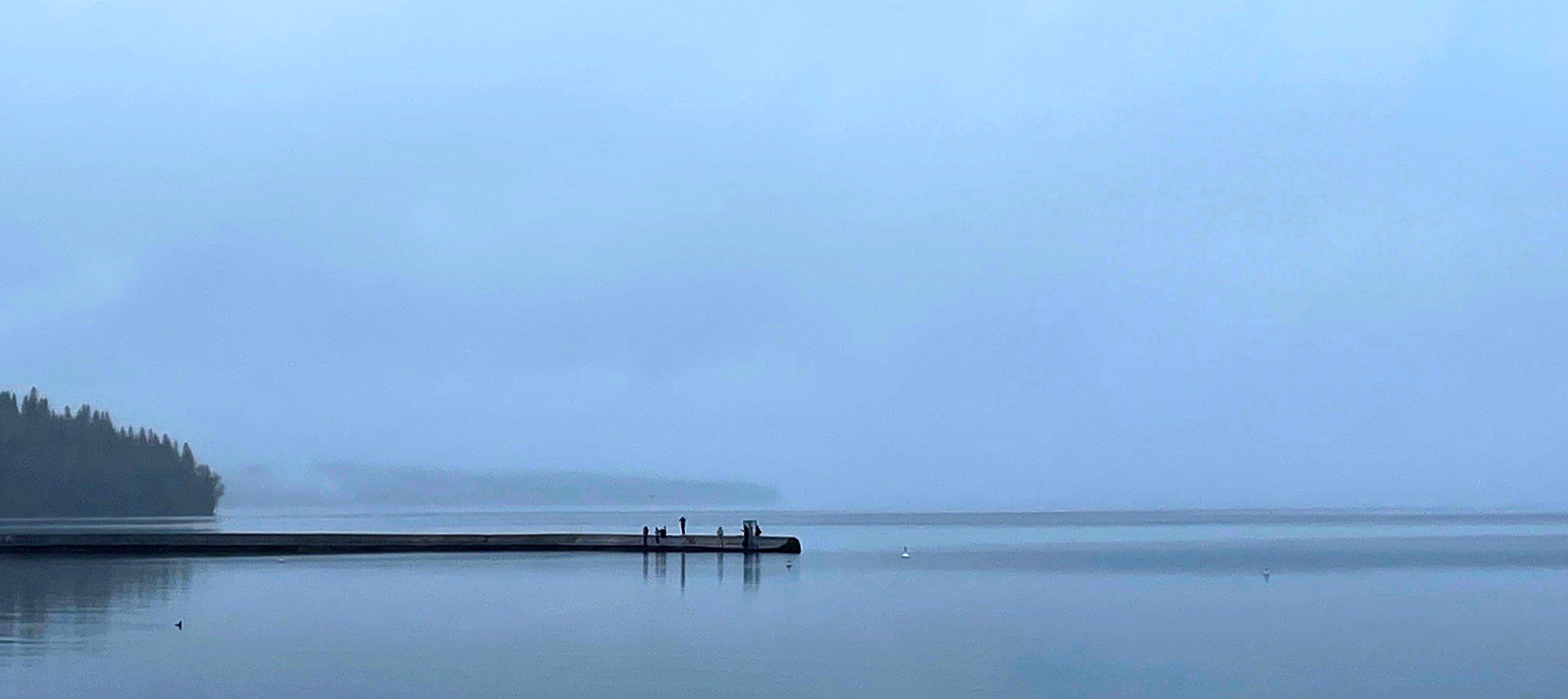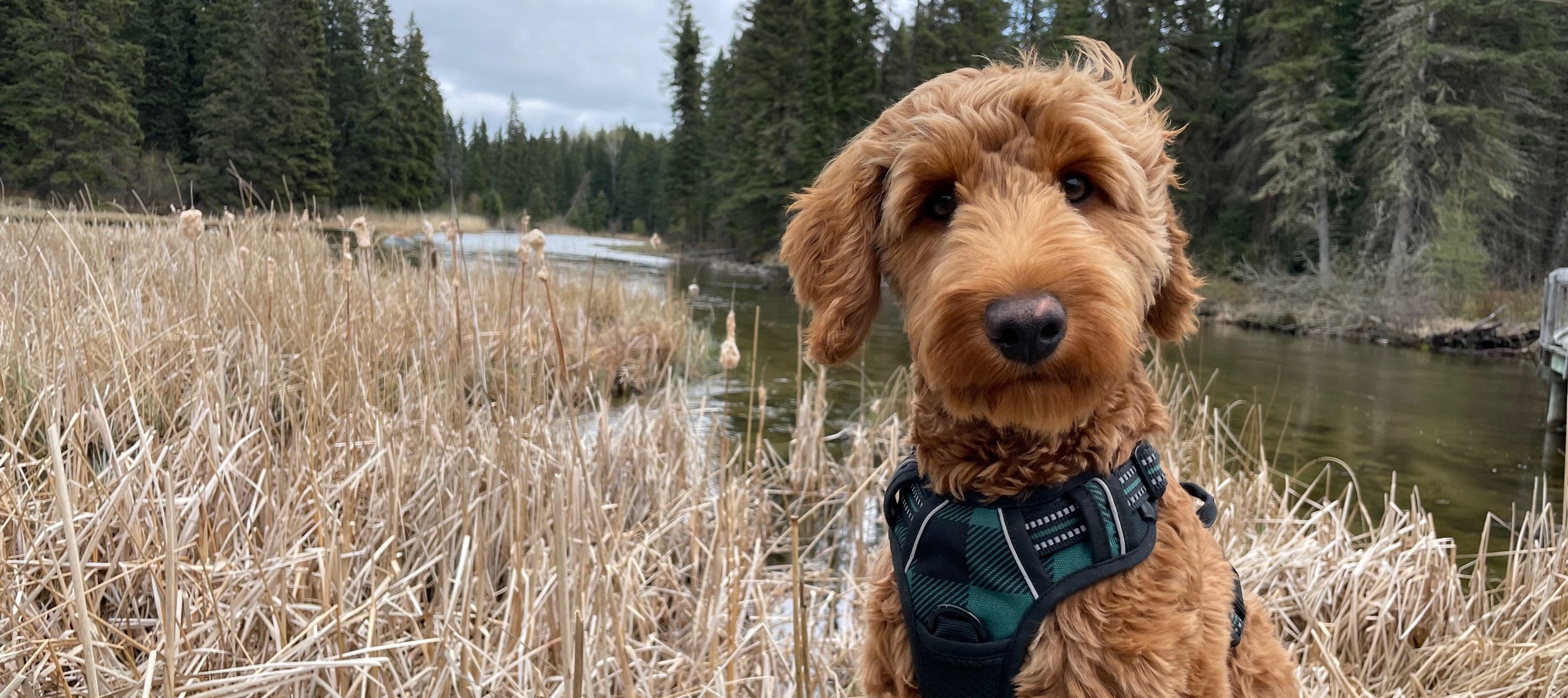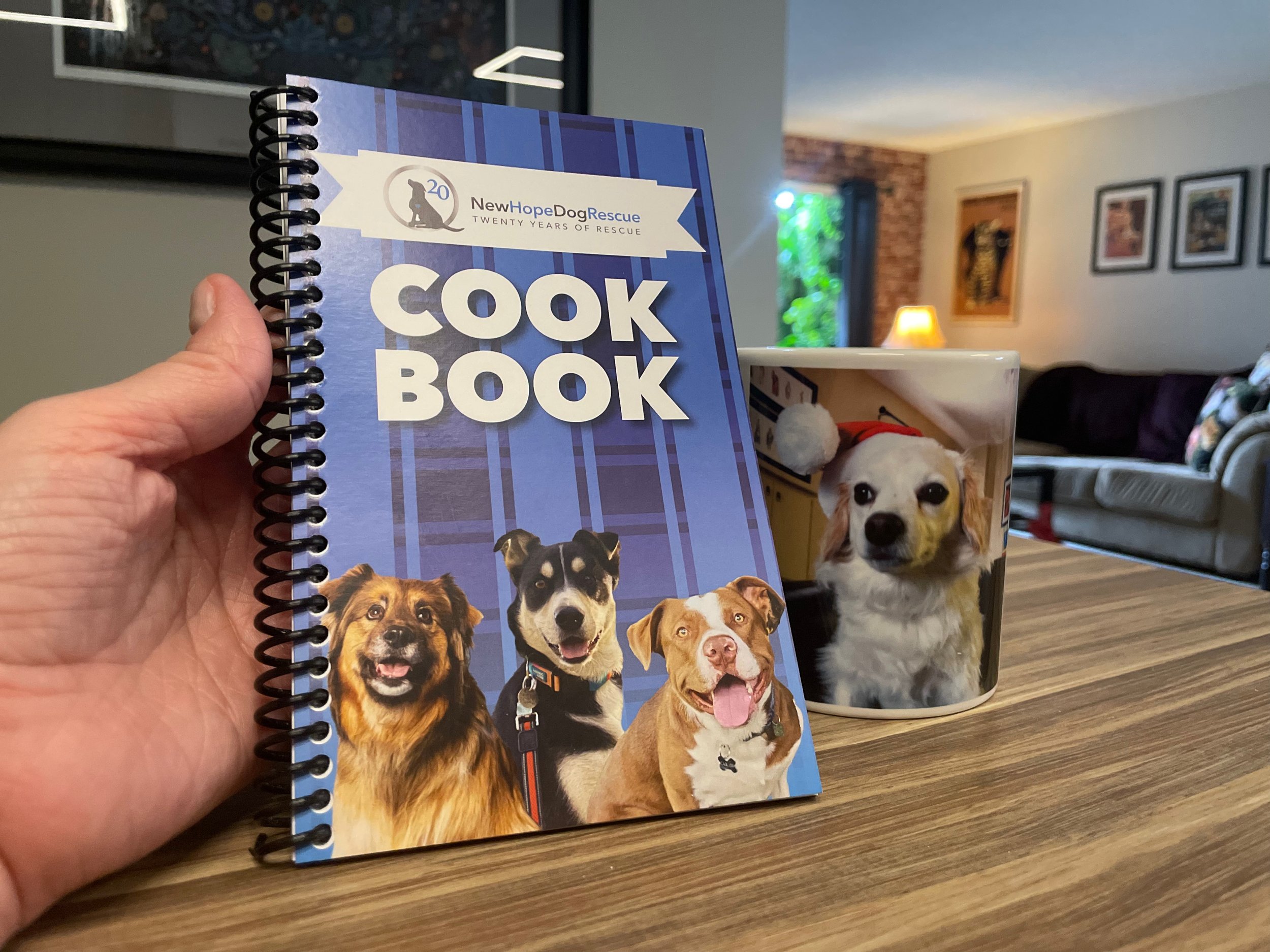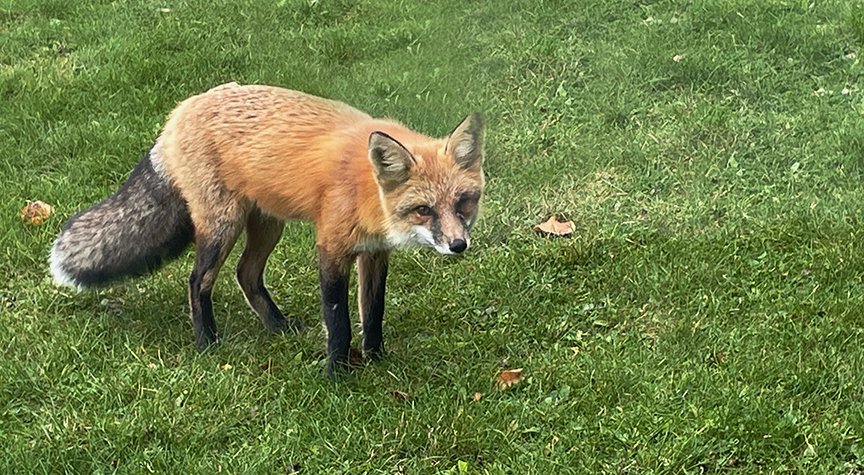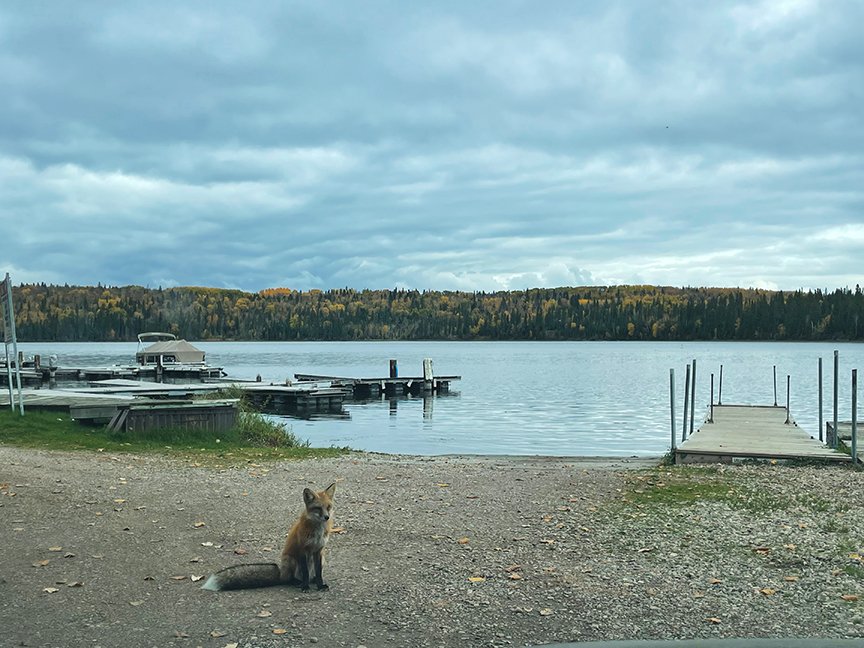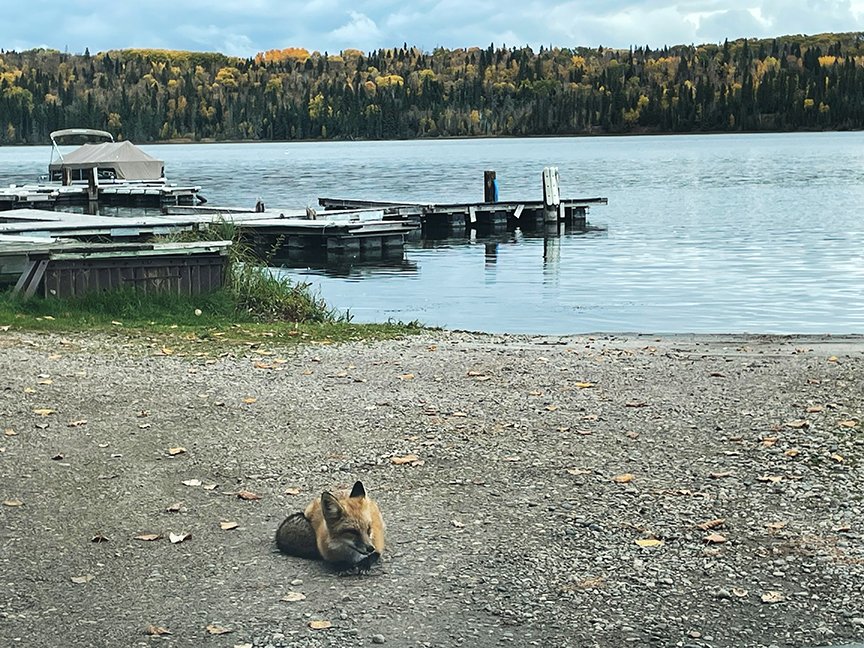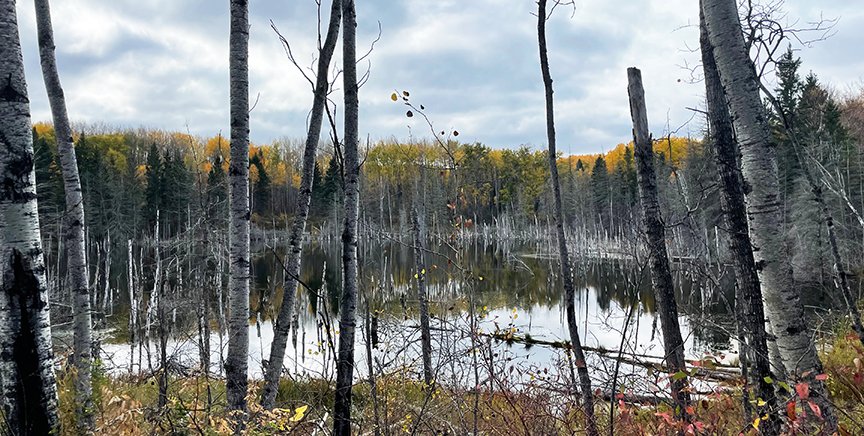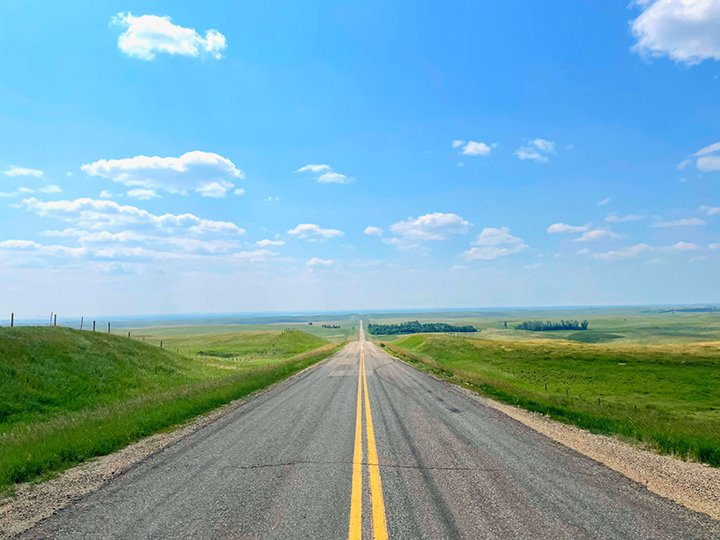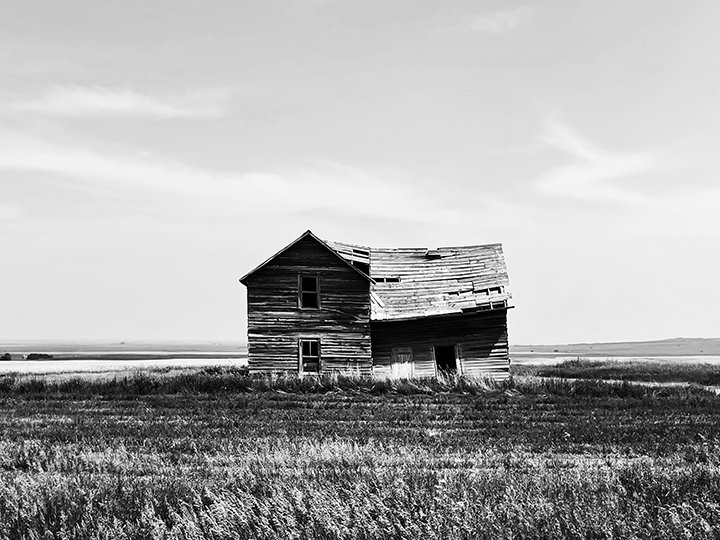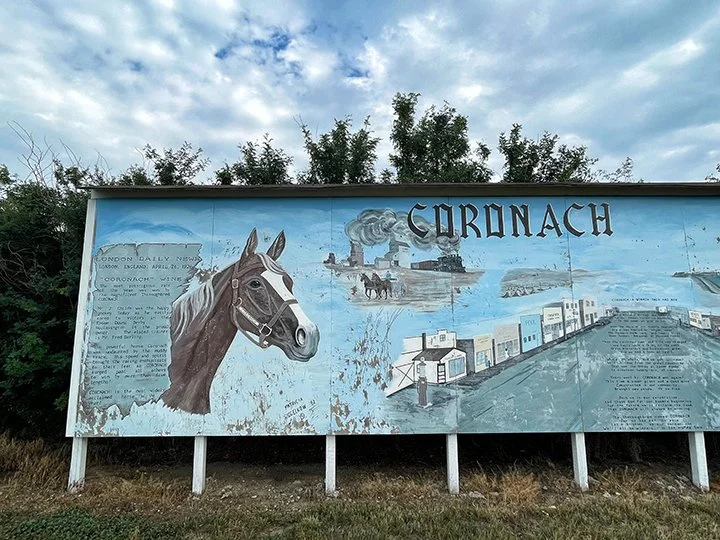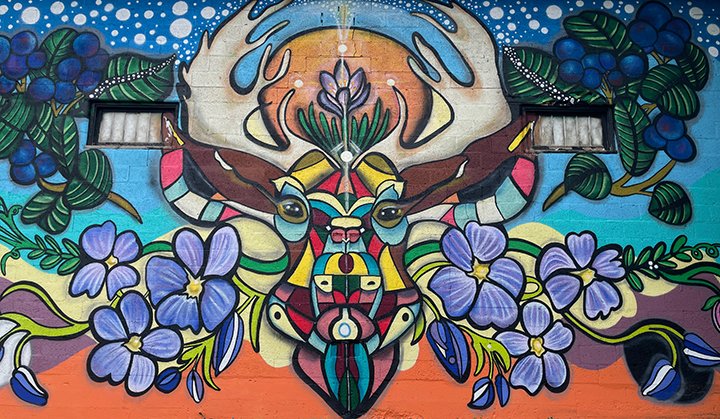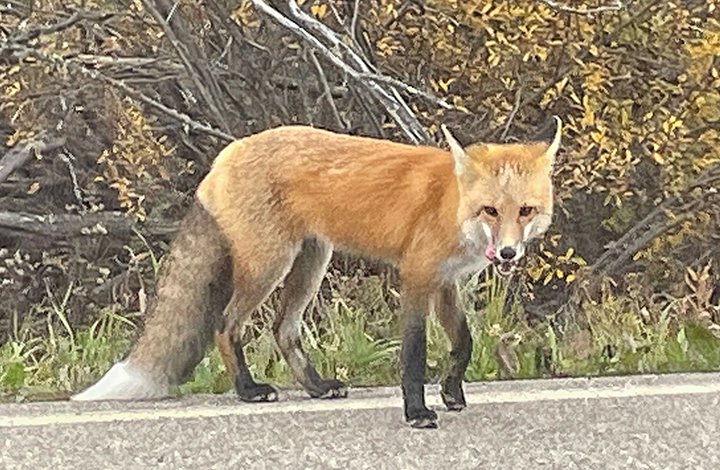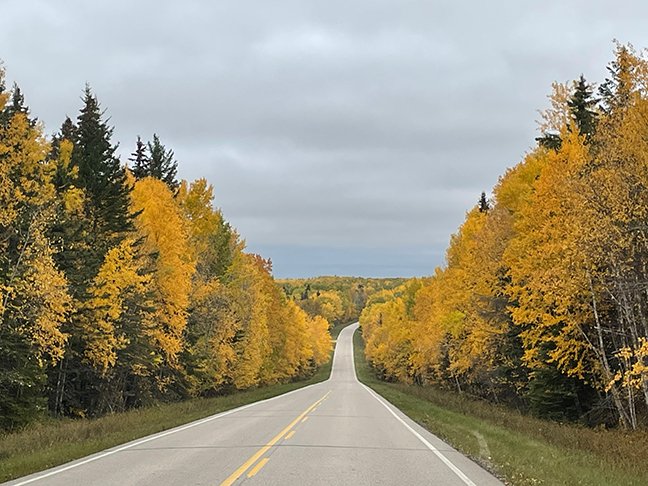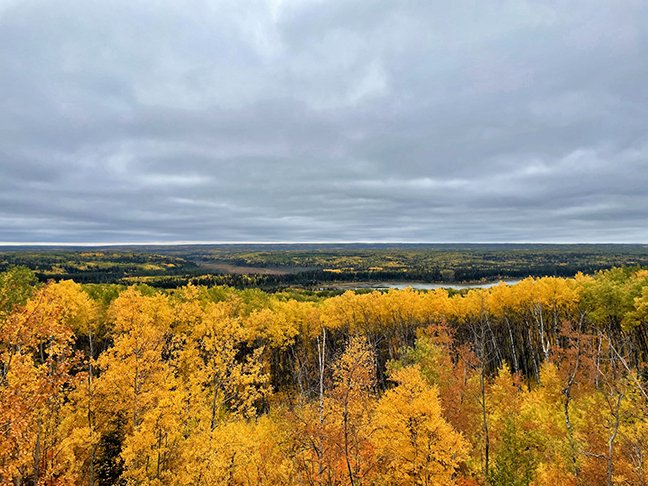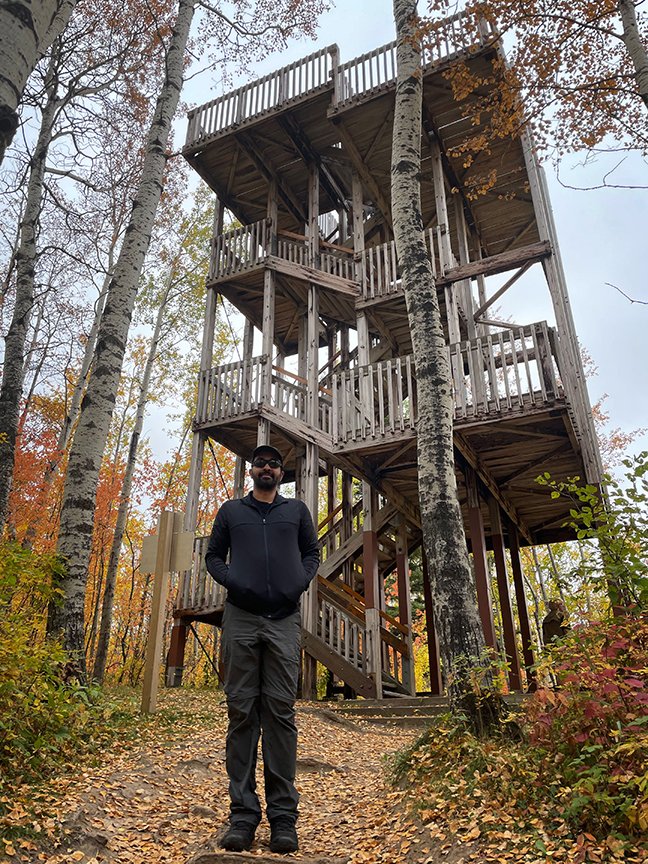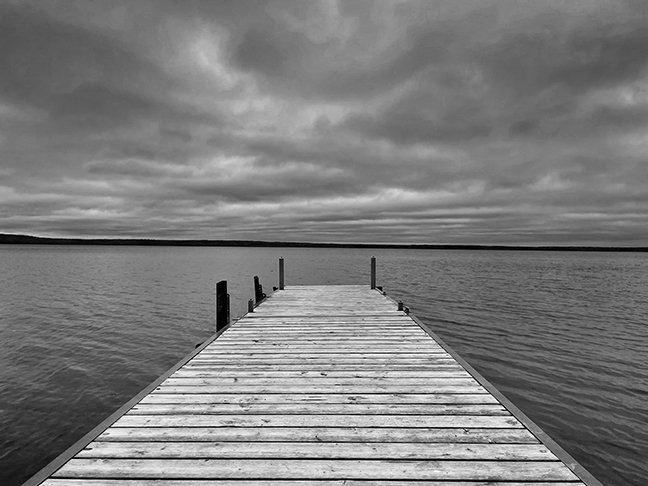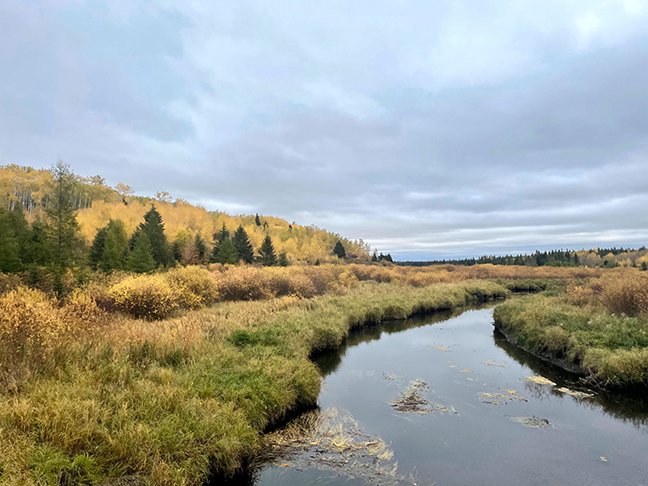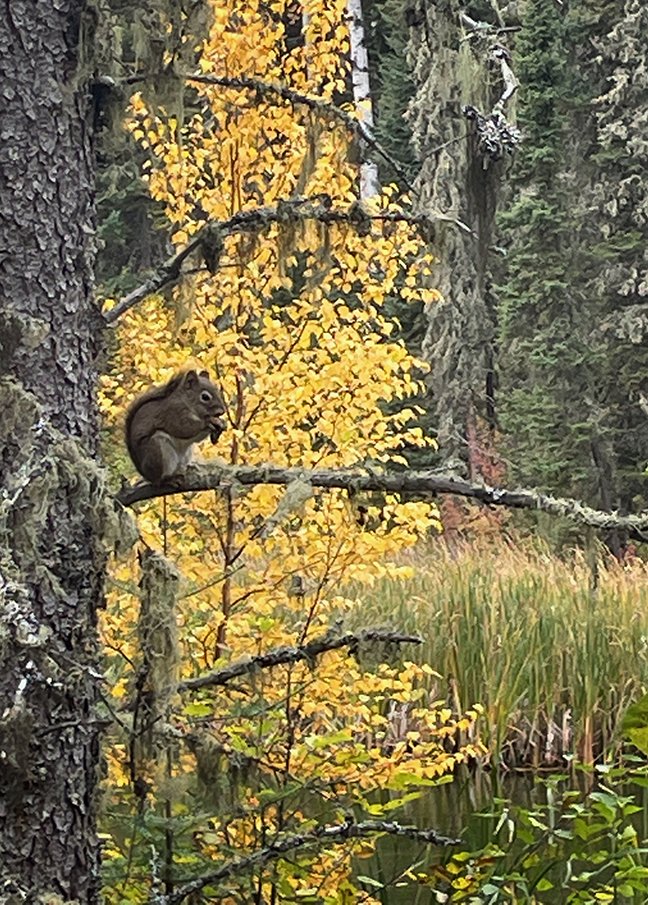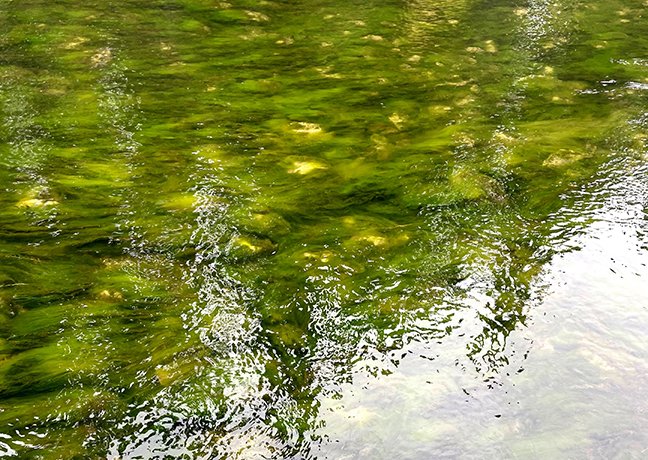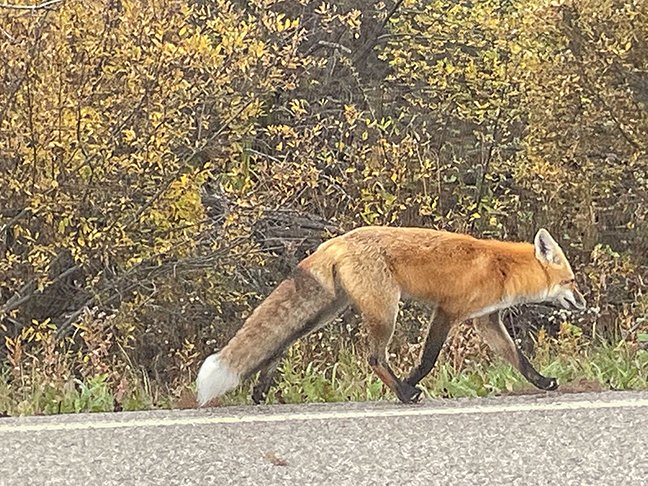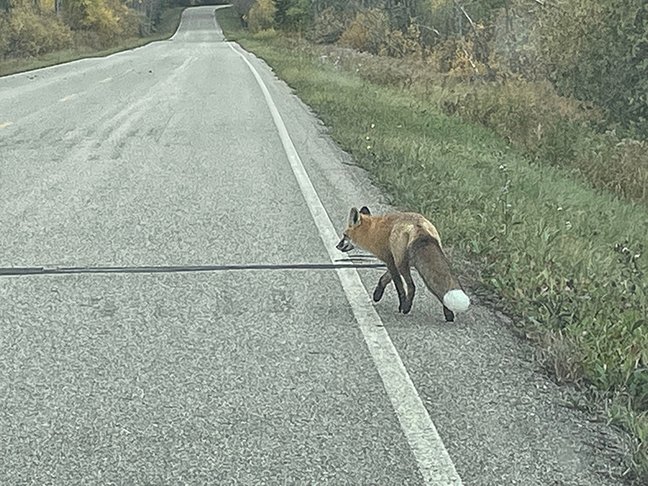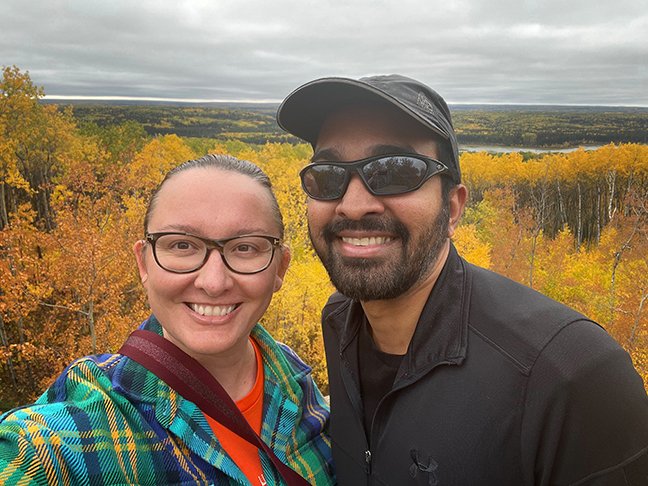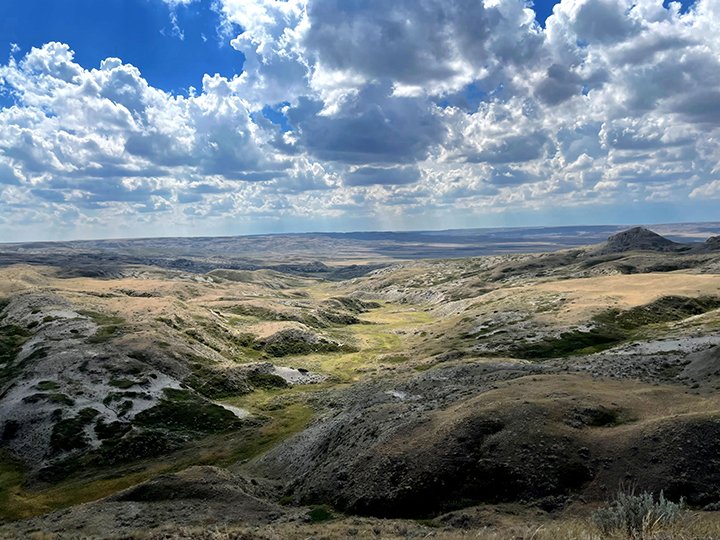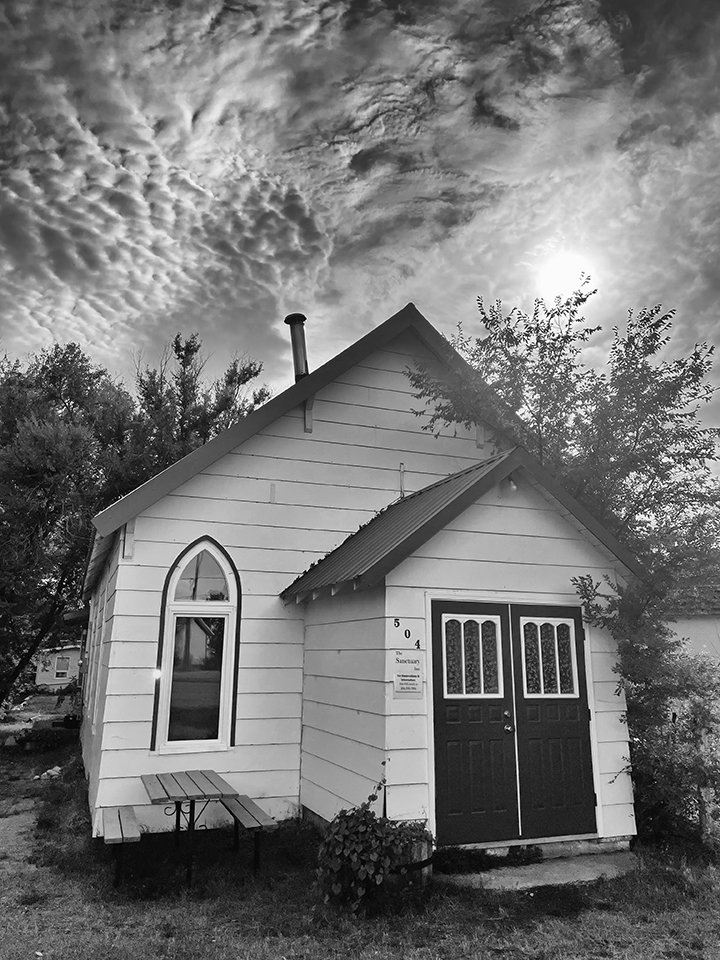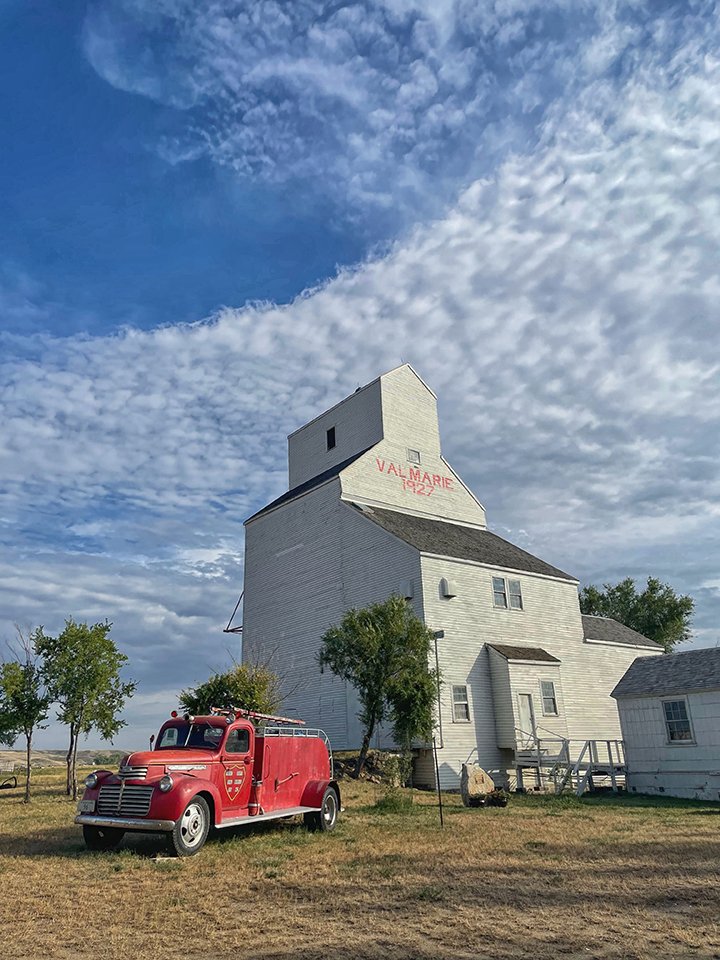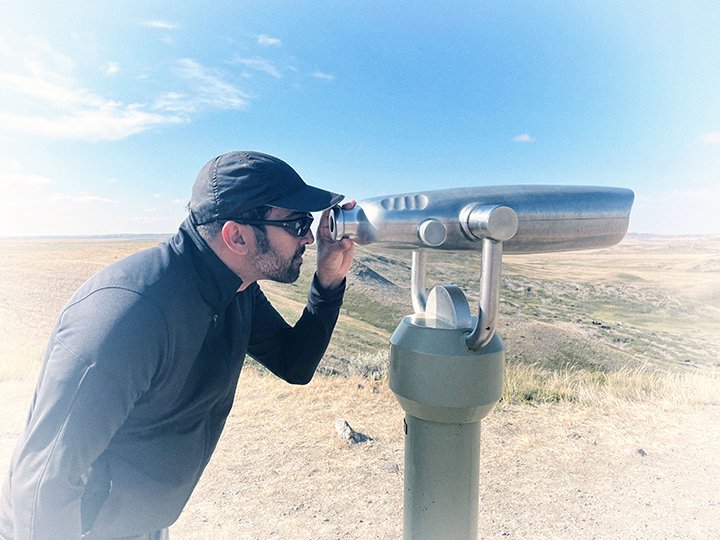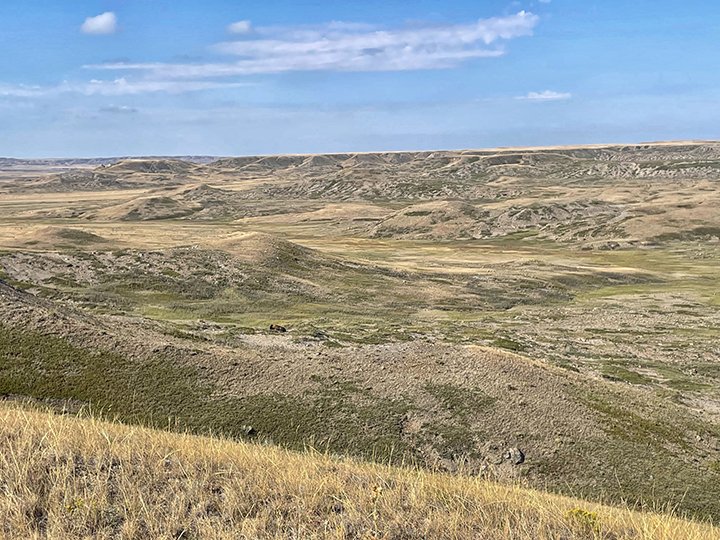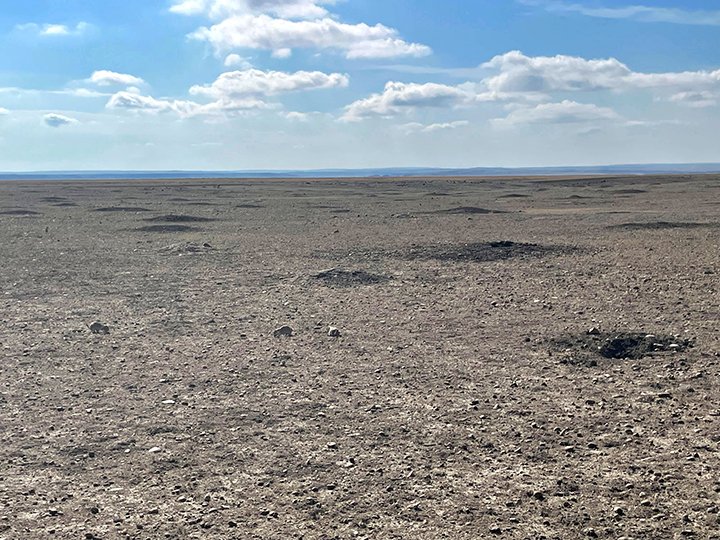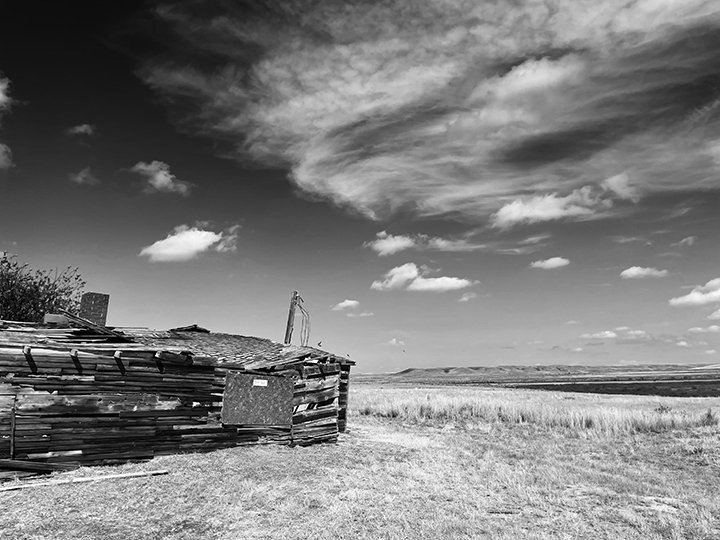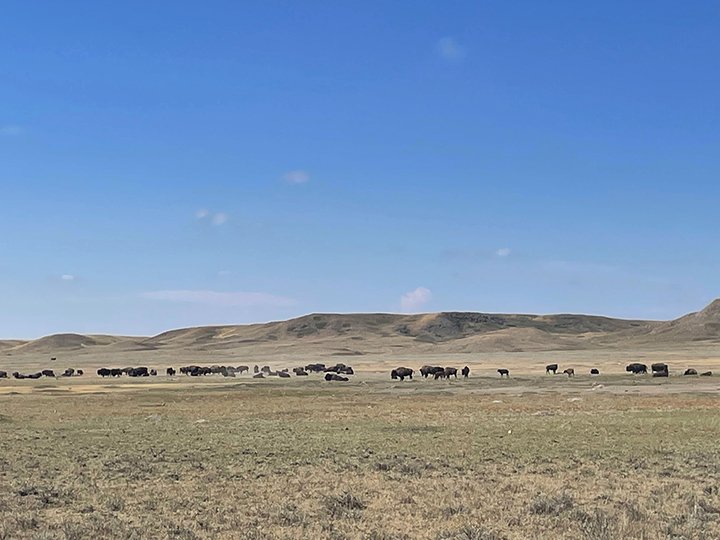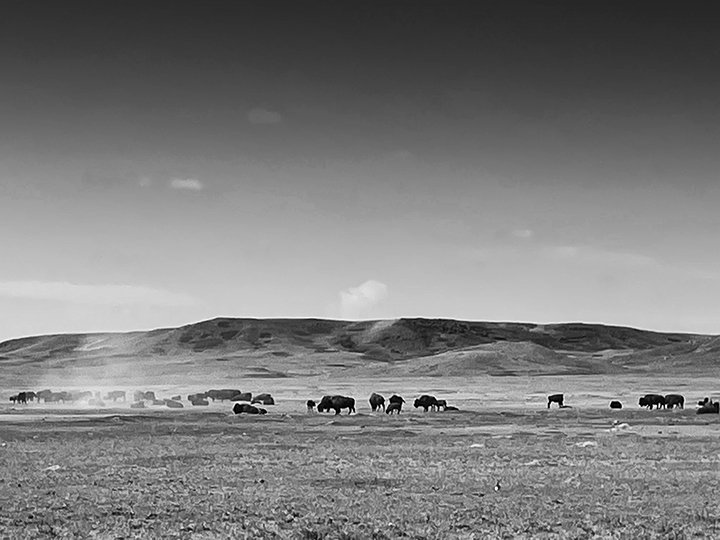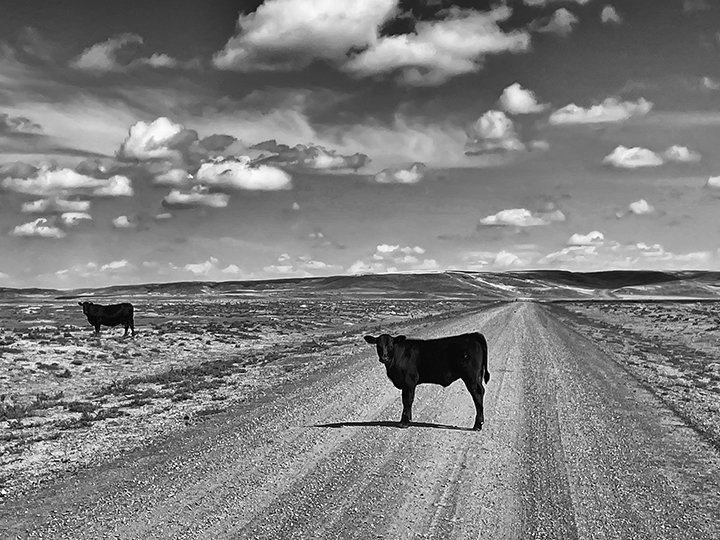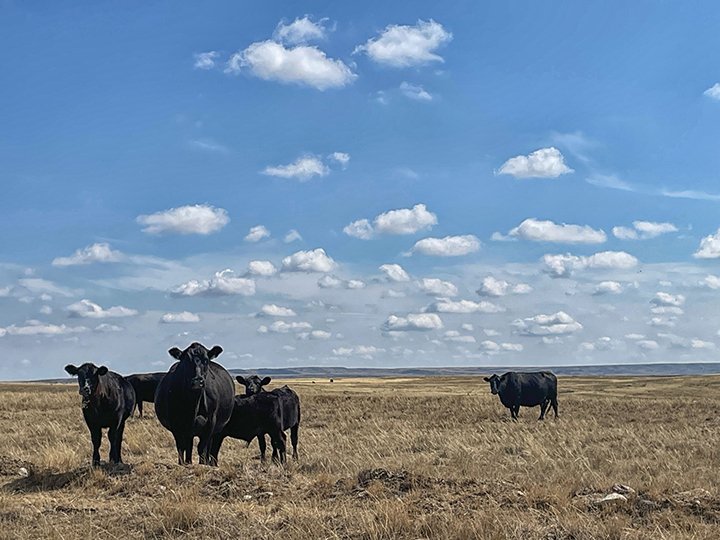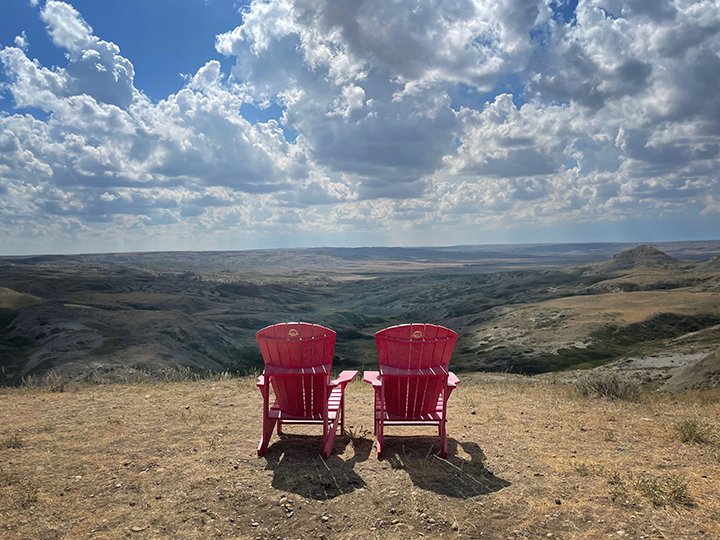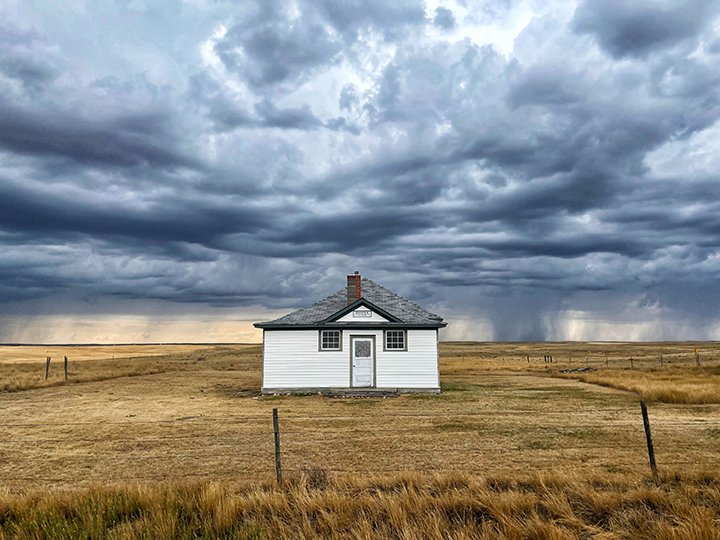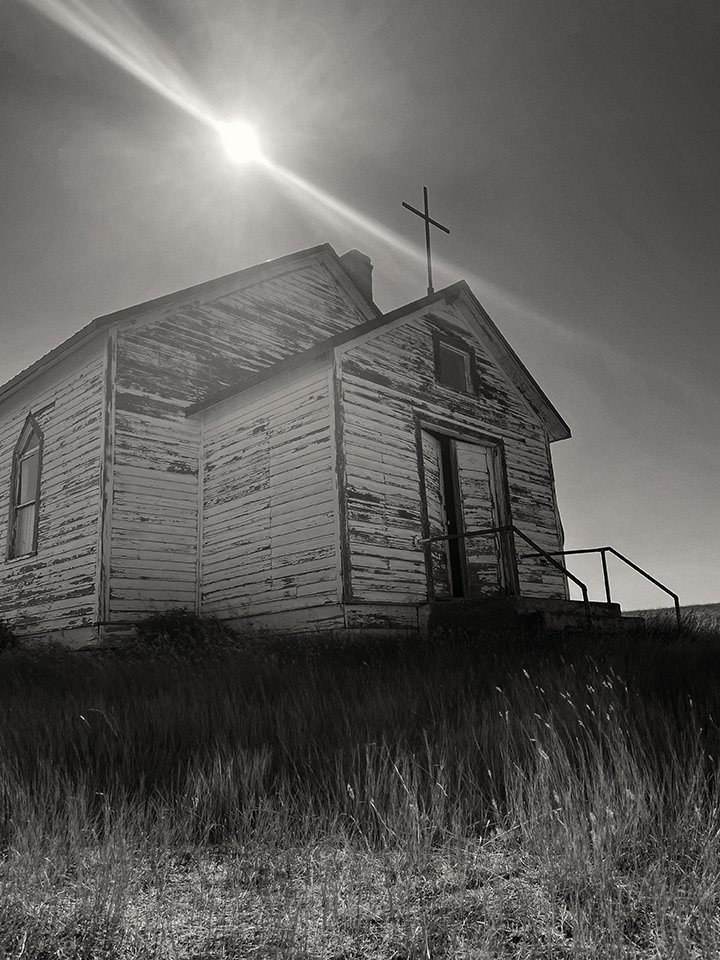Getting a haircut from dad.
1:12am in Coronach
When I was younger, I was much more acquainted with the night. My body and mind tested itself with how many sunrises I could chase, as though watching them paused the effects of time. But at some point, slumber–and the worlds I experienced within dreams–became more valuable.
With age, the night now seems foreign. I’d almost forgot just how magical dusk could be. Awhile back I would play a game before bed, peering out my window to count the stars. I never got higher than seven. The ambient light reflecting from my small prairie city simply too strong to properly showcase the wonder of the universe above. But now with a second (comparatively desolate) place to call home, it is easy to count entire galaxies.
Taking Hampton out late at night in rural Saskatchewan, our back door has nothing but a security light illuminating the immediate space. Everything beyond is a wall of black. The deepest, most dense shade of black I’ve ever seen. It is all-encompassing and unnerving. Especially when you realize there is also no sound. Being an urban dweller, I’m used to the sounds of the city such as traffic, industrial white noise and the occasional wails of drug-induced psychosis. But there is never, ever the sound of nothingness. It is both the most beautiful and haunting thing.
As I stare into the void, I feel it could swallow me whole. It’s impossible to see my hand in front of my face, yet I sense something out there. There is life under cloak of darkness hunting and being hunted. Through heightened senses, I try to catch a branch break or the subtle bristle of the tall grass parting to ensure my dog doesn’t become the latter. Up above, a perfectly preserved sky consisting of millions of twinkling lights reaffirms our existence and provides solace from the shadows.
In Coronach at 1:12am on a Friday night, this is the world that reintroduced itself to me.
On the Road ... Again
It is often remarked that in certain parts of Saskatchewan you can watch your dog run away for days. The east-west artery that is Highway 1, Canada’s main roadway from coast-to-coast, certainly lives up to that landscape. It is mostly flat and devoid of trees, just vast prairie and endless sky interrupted with the occasional small town. And dog. Because fifty minutes prior, a dog was the only thing concerning me on this stretch of road. A random dog walking along the side of Highway 1 by Whitewood that I felt was not long for the world if he were this foolish. Highway speeds are 110km/hr with most going faster. Even in perfect conditions, it is impossible to stop on a dime.
Driving along, I continued listening to a true crime podcast as Ham slept in his doggie bed in my backseat. Winnipeg back home to Saskatoon was a long car ride for him and I tried breaking it up with plenty of stops to stretch. Our next one would be Regina for dinner but we had over an hour to go. Passing through Indian Head, SK, I counted down the time again marvelling at how flat it was and how far I could see. In particular, I started to note how I could see a semi in the distance approaching the highway from the northside. It didn’t appear to be stopping. And neither was a Ford F250 heading into Indian Head from the south.
“What are these fuckers doing” I thought to myself lowering my speed to approximately 90km/hr as I tried to predict if they would pause before crossing. They didn’t. The Ford F250 crashed into the front driver’s side of my Volkswagen as I slammed on the brakes attempting to stop in time. My immediate reaction after this was to look up at the semi, facing what I initially believed to be my impending death. Instead my eyes locked with the shocked glance of two Punjabi drivers who looked like my car just magically materialized out of thin air. I quickly did a turn onto the same road to avoid being hit from behind and started to panic when I realized I couldn’t open my door. I was not aware of the damage yet and terrified of being trapped if my car caught fire.
I’ve had moments of fear in my life. I’ve had moments of anger. Of anxiety. This incident–this collision decision–culminated in a variety of emotions all at once. Including gratitude. I may have been shaking violently but both myself and my puppy weren’t badly hurt in the moment (the real physical pain would settle in a few days later). We were alive.
The driver of the Ford F250 admitted fault and was charged appropriately. He also shared that he didn’t look in my direction as he was also watching the errant semi. Those drivers didn’t stop at all.
Prince Albert National Park (©2024, Deborah Clague)
Prince Albert National Park
Waskesiu Lake, Prince Albert National Park (©2024, Deborah Clague)
Elk, Prince Albert National Park (©2024, Deborah Clague)
Waskesiu Lake, Prince Albert National Park (©2024, Deborah Clague)
Waskesiu Lake, Prince Albert National Park (©2024, Deborah Clague)
Hampton, Prince Albert National Park (©2024, Deborah Clague)
This one is for Monty (©2023, Deborah Clague).
Case Study: New Hope Dog Rescue 20th Anniversary Cook Book
Over the past year I have volunteered with New Hope Dog Rescue (NHDR), a registered non-profit and foster-based organization that has been rescuing and re-homing dogs in need since 2003. My role started with social media content creation and has evolved into marketing coordination. One of our recent initiatives has been the creation of a cook book in celebration of NHDR’s 20th anniversary.
The Project: The New Hope Dog Rescue 20th Anniversary Cook Book was a joint undertaking between myself and the fundraising coordinator of NHDR meant to showcase the culinary talents of our volunteers and supporters, and share the stories—happy tails—of our many adopted alumni throughout the years. At nearly 200 pages and 55+ recipes, there was something for everyone to try ... including your dog! The piece also shared the history of NHDR and their active involvement in the community which includes a First Nations spay-and-neuter program, hospital care program for those with longer-term medical needs who require assistance caring for their pet, and animal safekeeping program (ASK) for those fleeing domestic violence.
Advertising revenue supported the cost of printing. Full-page advertisements were purchased by local businesses such as BOSS Plumbing, Canine Action Project (C.A.P.), Erindale Animal Hospital, Pet Valu, Rainbow Restoration and the YXE Underground Podcast. Interior pages were printed in one colour to maximize profit. Because of this, design needed to retain readability and remain engaging for viewers.
Social media posts on the New Hope Dog Rescue channels were the only means of promotion outside of word-of-mouth. The cook book was sold at sponsor venues and events leading into the holiday season.
The result: The first print-run of two hundred cook books sold out within two weeks. A second limited print-run of one hundred additional copies was ordered to meet demand. These are also on track to be sold out by the end of the year. In total, the cook book will have raised over $6,000 for New Hope Dog Rescue. It is a success that will ensure further care and support for animal welfare in Saskatchewan ensuring these dogs find the support, medical care, and forever families they deserve.
For more information on New Hope Dog Rescue, please visit newhoperescue.org
The One-Eyed Fox of Waskesiu
Before the first snowfall, I spent a day solo hiking in Prince Albert National Park. I wasn’t alone though. I made friends with the one-eyed fox of Waskesui.
One-eyed fox at Narrows Marina, Prince Albert National Park, Saskatchewan (©2023, Deborah Clague).
Fox at Narrows Marina, Prince Albert National Park, Saskatchewan (©2023, Deborah Clague).
Fox at Narrows Marina, Prince Albert National Park, Saskatchewan (©2023, Deborah Clague).
Fox at Narrows Marina, Prince Albert National Park, Saskatchewan (©2023, Deborah Clague).
Autumn scenes at Prince Albert National Park, Saskatchewan (©2023, Deborah Clague).
Long Drive Down a Long Road
In sharp contrast to the bustling streets of Tokyo, I can drive for miles and miles without seeing another being in my home province of Saskatchewan. But when I do, it’s guaranteed that I will be on the receiving end of a friendly wave of acknowledgement as we pass. Weekends like this—of getting lost under the living sky—are my favourite moments of living on the prairies.
The desolate Highway 36, Saskatchewan (©2023, Deborah Clague)
Abandoned homes house ghosts of the past in rural Saskatchewan (©2023, Deborah Clague)
Town of Coronach, Saskatchewan signage (©2023, Deborah Clague)
Mural on Main Street, Coronach, Saskatchewan (©2023, Deborah Clague)
Canola fields, rural Saskatchewan (©2023, Deborah Clague).
Our Lady of Lourdes Cemetery 1912-1953, Saskatchewan (©2023, Deborah Clague).
Red fox, Prince Albert National Park (©Deborah Clague, 2022).
Shades of Gold
There are few things more relaxing and spiritually rewarding than a lazy Autumn drive through a landscape altering its palette from green to shades of gold. At the coordinates of 53.2033° N, 105.7531° W—in the boreal transition region known as where pine meets prairie—we spent our day immersed in an environment rich with colour and the scent of Fall. Whereas Spring and Summer are more floral, I personally love the musky sweet smell of a pile of leaves and what it signals. In the air today, it was potent.
We even had a wildlife encounter in almost the same location I saw two black bears five months ago. A red fox that was laser-focused on the delicacies of the roadside. I’d never seen one so close before. We could have pet it with how close it ventured to my vehicle (but, of course, did not).
Here’s hoping he was able to feast, as we all hope to heading into winter.
Highway 263, the scenic route, through Prince Albert National Park (©Deborah Clague, 2022).
The vista from Height of Land Lookout Tower, Prince Albert National Park (©Deborah Clague, 2022).
Height of Land Lookout Tower, Prince Albert National Park (©Deborah Clague, 2022).
Sandy Lake, Prince Albert National Park (©Deborah Clague, 2022).
The golden hues of fall foliage at Prince Albert National Park (©Deborah Clague, 2022).
A squirrel feasts in preparation for winter, Prince Albert National Park (©Deborah Clague, 2022).
Fall foliage at Prince Albert National Park (©Deborah Clague, 2022).
Waskesiu River, Prince Albert National Park (©Deborah Clague, 2022).
Red fox at roadside, Prince Albert National Park (©Deborah Clague, 2022).
Red fox at roadside, Prince Albert National Park (©Deborah Clague, 2022).
Red fox at roadside, Prince Albert National Park (©Deborah Clague, 2022).
Selfie at Prince Albert National Park (©Deborah Clague, 2022).
Grasslands
It was getting late. I placed the book I was reading on the nightstand and looked over at my partner who was fast asleep after a long day. I wasn’t ready for slumber just yet though … the night was calling.
And I was staying in a place famous for it.
Grasslands National Park in southwest Saskatchewan is the darkest dark sky preserve in Canada. After hours, as the gradient sunset fades to black, the sky becomes a glittering tapestry of stars and visible planets, the scale of which merits nothing short of awe. It is perhaps the best place in the country to humble one’s self and get a sense of the grand scope of our shared universe.
As part of a late summer road trip, we made our way to the village of Val Marie (population 126)—the gateway to Grasslands—and stayed overnight in a converted church named The Sanctuary Inn. As soon as I stepped inside, I was taken aback by how quiet everything was. There was no ambient noise from vehicular traffic. No TV for distraction. Just the sound of our own conversation and birds chirping outside. After a summer shaped by loss and hardship, it was the peace we needed.
Our first full day at Grasslands, we did the self-paced ecotour scenic drive and back country loop. At 140 kilometres long, I didn’t expect it to take as long as it did but in total our prairie safari lasted over seven hours. The adventure was exclusively on gravel roads (some more maintained than others). Beyond epic prairie landscapes, we also observed coyote, vast colonies of prairie dog, and several herds of bison roaming free … and even spotted a lone bison, whom the visitor centre staff informed me was “kicked out of the herd” during this rutting season for not being strong enough. I was assured, however, that his time-out would be over in a few weeks when he could return.
On the back country roads were a few isolated homes and ranches and I wondered what the occupant’s lives must be like with no immediate neighbours and any type of services literally hours away. A life in isolation can occasionally be appealing to me, especially after this pandemic, but the reality of it would be far different than my idealization. We do need others. Even if reluctantly.
I tiptoed to the entrance in an attempt to not wake him. After turning off the inside and outside light, I opened the door and was met with complete, enveloping darkness. It was the blackest night I have ever experienced. It was another world.
Borderlands Lookout, Grasslands National Park (©2022, Deborah Clague).
The Sanctuary Inn, Val Marie, Saskatchewan (©2022, Deborah Clague).
Val Marie, Saskatchewan (©2022, Deborah Clague)
Grasslands National Park, Saskatchewan (©2022, Deborah Clague).
The dark brown spot, just left of center, is a lone bison (©2022, Deborah Clague).
Like the surface of the moon, the prairie dog village at Grasslands National Park resembles a lunar landscape (©2022, Deborah Clague).
Remnants of a homestead, Grasslands National Park (©2022, Deborah Clague).
A herd of wild bison, Grasslands National Park (©2022, Deborah Clague).
A herd of wild bison, Grasslands National Park (©2022, Deborah Clague).
Roadblock ahead, Grasslands National Park (©2022, Deborah Clague).
Back Country Loop, Grasslands National Park (©2022, Deborah Clague).
Borderlands Lookout, Grasslands National Park (©2022, Deborah Clague).
Borderlands Lookout, Grasslands National Park (©2022, Deborah Clague).
Rosefield Grid Road, Grasslands National Park (©2022, Deborah Clague).
Abandoned church off Highway 4, Saskatchewan (©2022, Deborah Clague).


